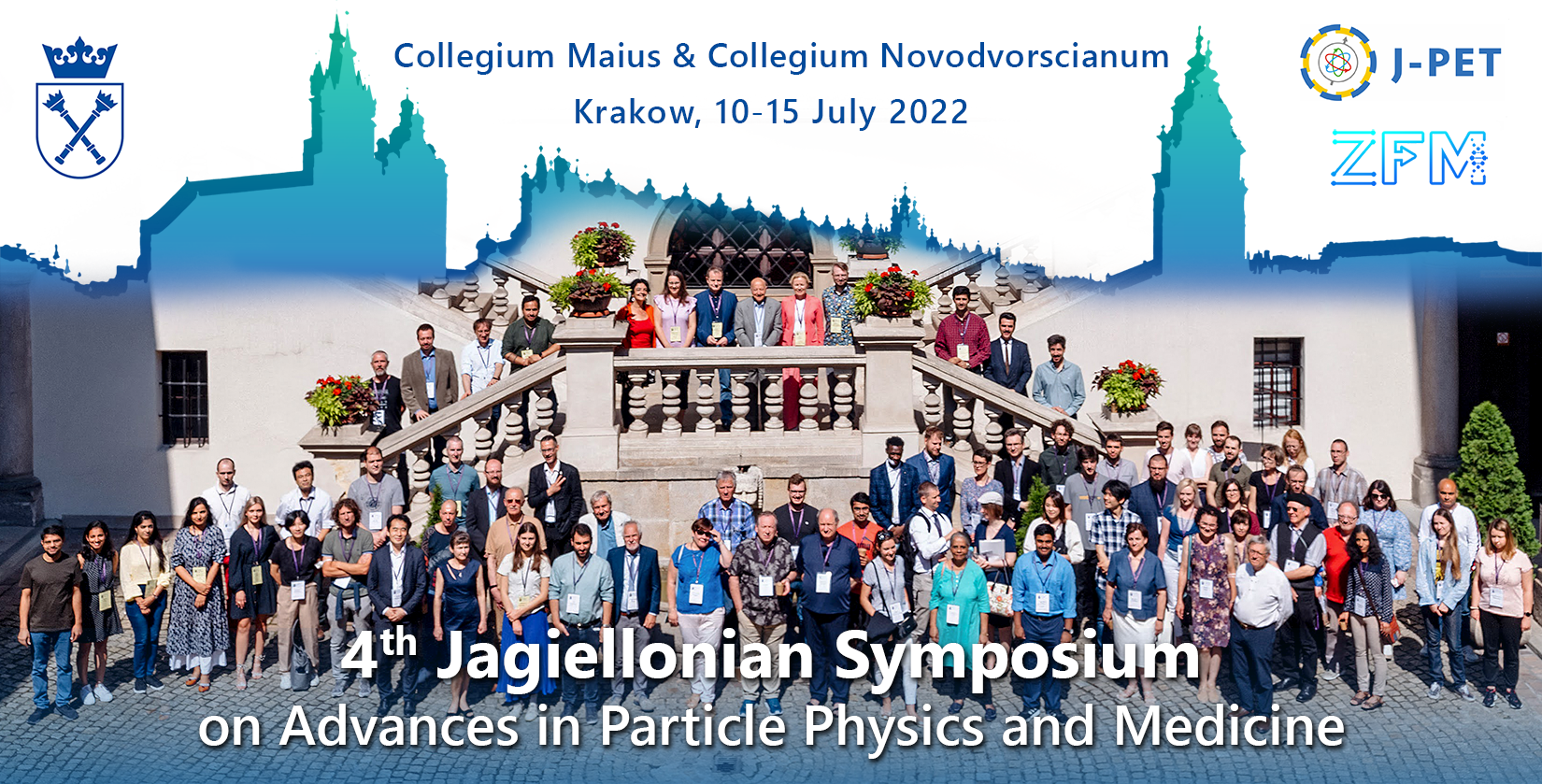Speaker
Description
Cargo carried by extracellular vesicles (EVs) is considered as a promising diagnostic marker, especially proteins [1,2]. EVs can be divided according to their size and way of biogenesis into exosomes (diameter <200 nm) and ectosomes (diameter <200 nm) [1].
First step of this study was characterization of EVs sample [2]. Using Tunable Resistive Pulse Sensing (qNano) size distribution and concentration were measured. The mean size of exosomes was 135±15 nm, and ectosomes 210±17 nm. TEM images also confirmed the size of EVs and the purity of prepared samples. In the present study, a nano liquid chromatography with tandem mass spectrometry (nanoLC-MS/MS) was used to profile and compare the protein content of ectosomes and exosomes secreted by pancreatic beta cells (1.1B4) grown under NG (5 mM D-glucose) and HG (25 mM D-glucose) conditions. The EVs samples were lysed, and proteins were denaturated, digested, and analyzed using a Q-Exactive mass spectrometer coupled with the UltiMate 3000 RSLC nano system (Thermo Fisher Scientific) The LC-MS/MS data were searched against SwissProt Homo sapiens database using MaxQuant software and protein quantitation was done by the MaxLFQ algorithm. Statistical analysis was carried out with Perseus software. Further bioinformatic analysis was performed using the FunRich 3.1.4 software with the UniProt protein database and STRING [3, 4, 5].
As a result of the tandem mass spectrometry analysis more than 1,000 proteins were identified and quantified in each sample. The average number of identified proteins in exosomes and ectosomes was 1,397 and 1,697, respectively. Label-free quantitative analysis showed that exosome and ectosome protein composition differed significantly between those isolated under NG and HG conditions. Many pathways were down-regulated in HG, particularly the ubiquitin-proteasome pathway. In addition, a significant up-regulation of the Ras-proteins pathway was observed in HG.
Our description of EVs protein content and its related functions provides the first insight into the EV interactome and its role in hyperglycemia development and diabetic complications. The results also indicate the applicability of some of these EVs proteins for further investigation regarding their potential as circulating in vitro biomarkers [6, 7, 8].
References
[1] Stępień EŁ, et. al. Bio-Algorithms and Med-Systems 2021;17,4; 301-309.
[2] Kamińska A, PhD Thesis 2019, Kraków, WFAIS UJ.
[3] Surman M, et. al. International Journal of Molecular Science 2021, 22(13), 6816.
[4] Surman M, et. al. Cells 2022, 11(7), 1184.
[5] Surman M, et. al. Proteomes 2019, 7(2),21.
[6] Stępień E, et. al. Theranostics 2018;8(14).
[7] Stępień E, et al. 2021, Patent Nr: PAT.237810.
[8] Stępien E, et al. 2020, Patent Nr: PAT.235682.

